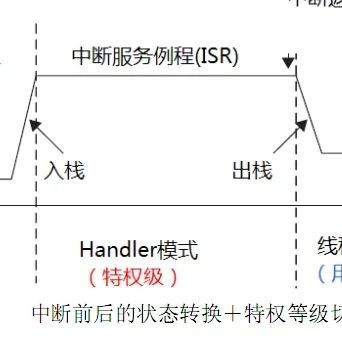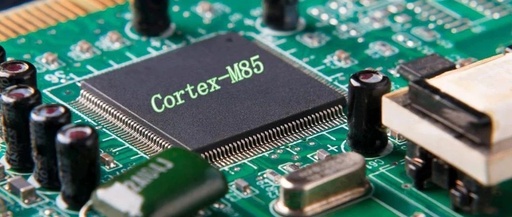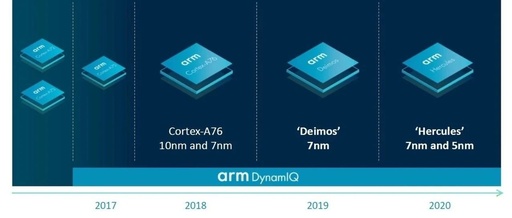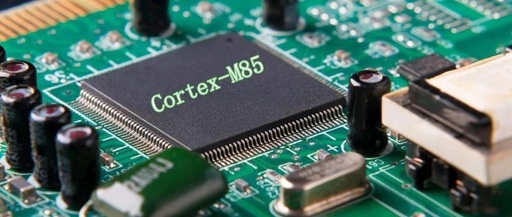Fundamentals of Cortex-M3 Registers
1. Registers CM3 has general-purpose registers R0 to R15 and some special function registers. For general-purpose registers R0 to R12, the initial reset values are unpredictable. 2. CM3 has a set of general-purpose registers from R0 to R15. Note: Most 16-bit Thumb instructions can only access R0 to R7, while 32-bit Thumb-2 can access all … Read more









